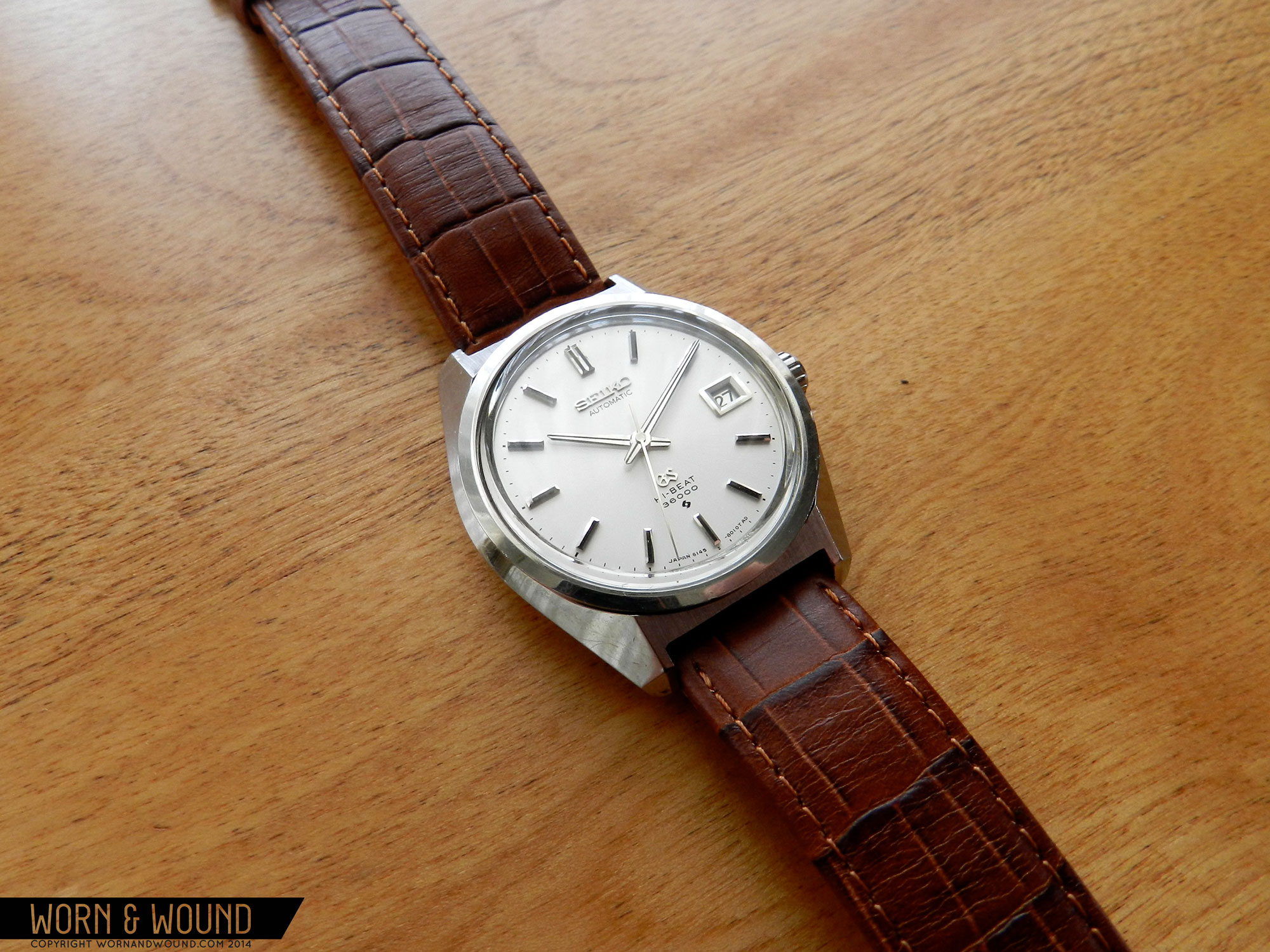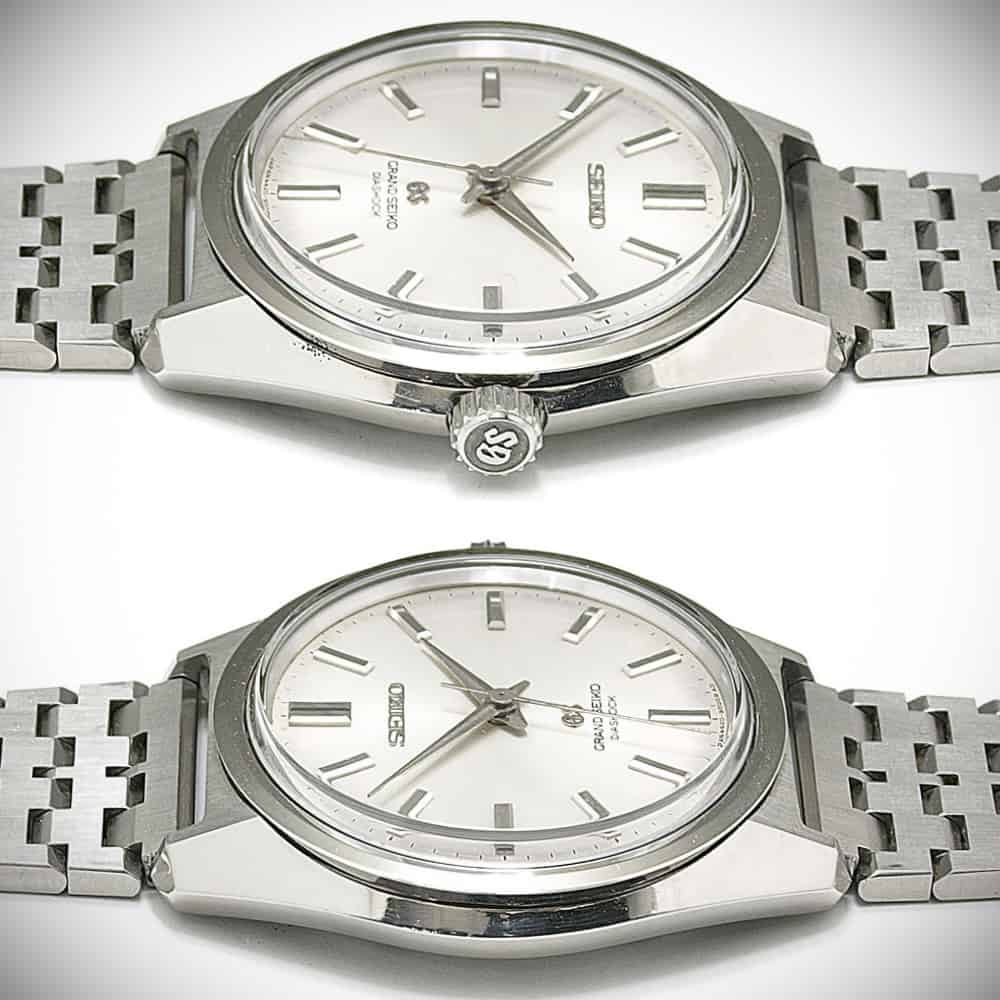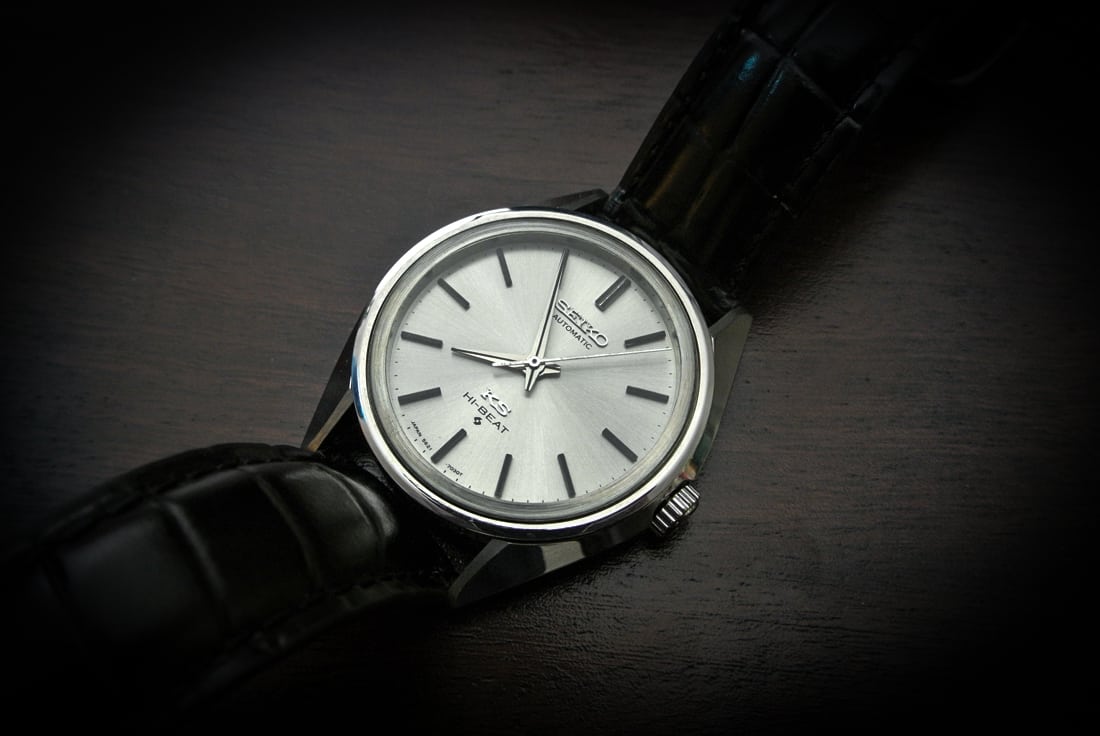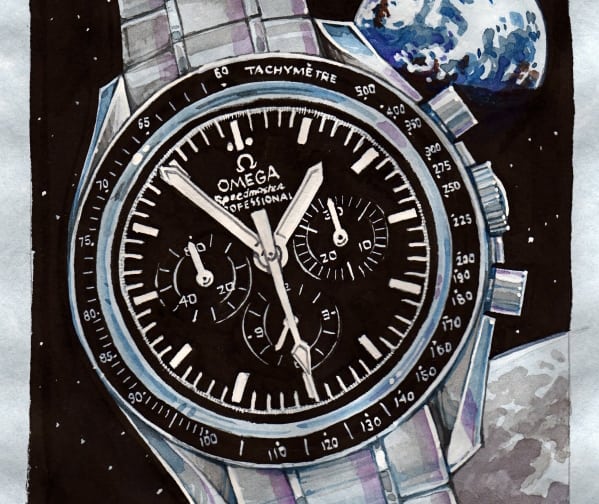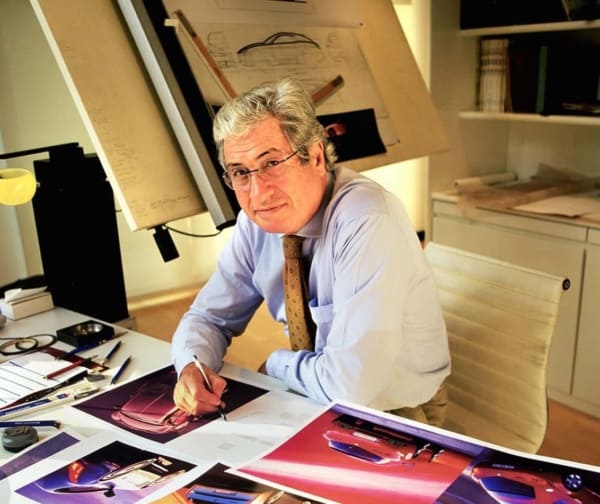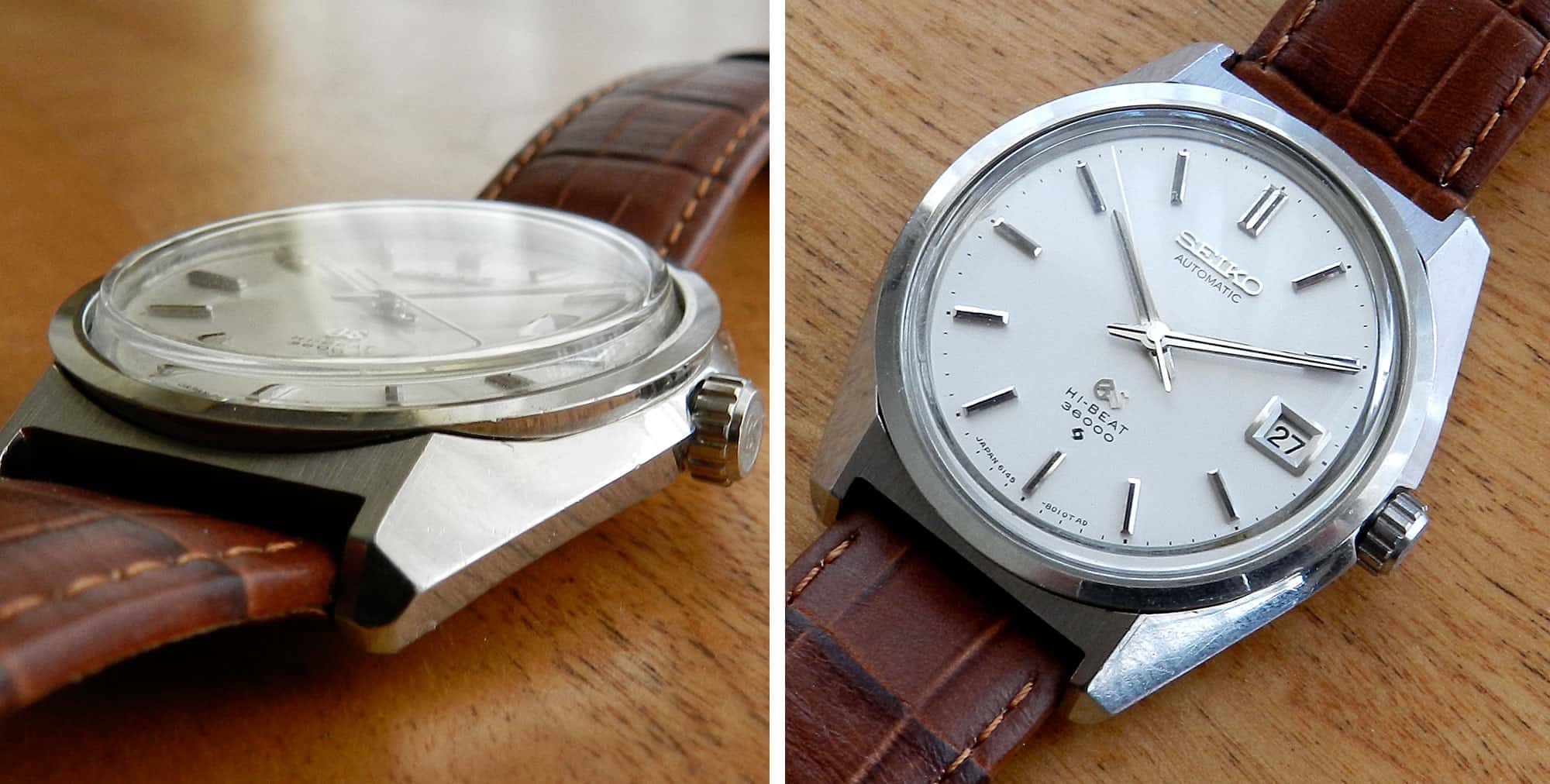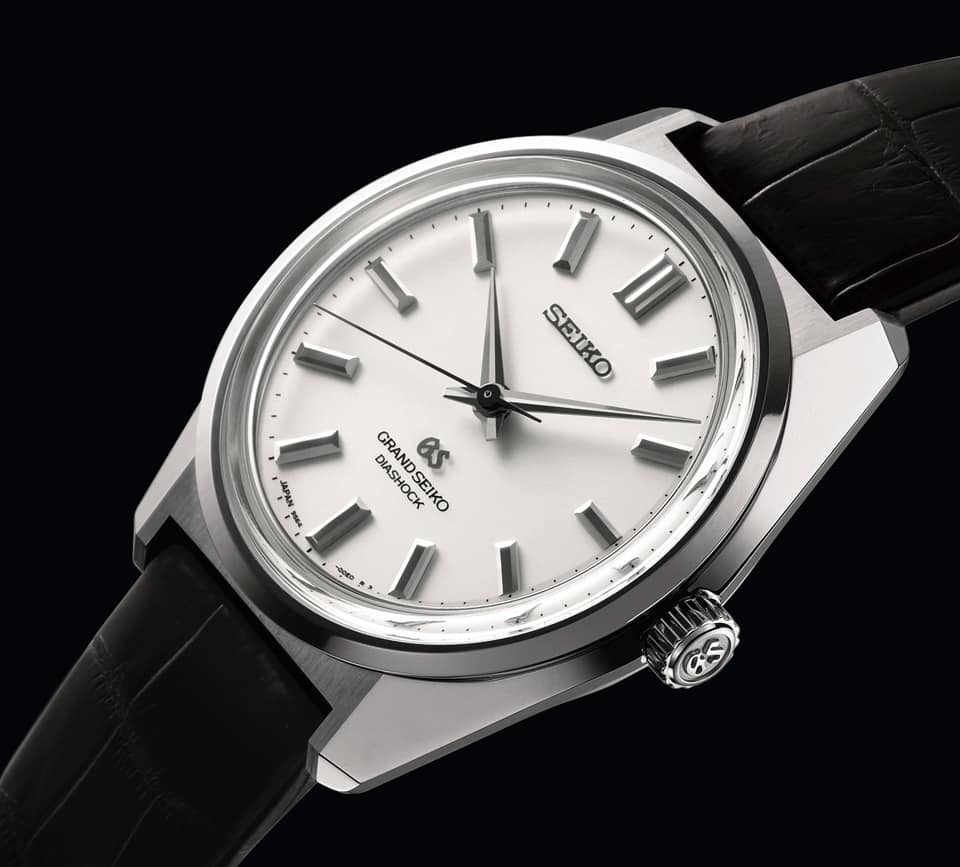Welcome to the second installment of “The Art of Time,” w&w’s ongoing series exploring iconic designers within the watch world. Last time, we discussed the value of the outsider’s perspective in watch design through the lens of Giorgetto Giugiaro. While a non-watch designer can breathe individuality and life into a piece, there’s also something to be said for a unifying brand vision. Having a unique, easily identifiable look for all watches across a line can be a great asset to brand identity. It helps to give the overall line a feel of quality and care, and it’s the kind of thing that can propel a company to great success.

Taro Tanaka is in too many ways an unsung hero of the watch world. We’re fond of chronicling the history of Seiko here at w&w, especially its stunning rise through the industry ranks from the early ‘60s to late ‘70s. Most of the time, this incredible growth is attributed to the brand’s innovation—the development of the iconic cal. 6139 chronograph movement, their successes in producing chronometer calibers, or the explosion of their diver line with models like the 6105, just to name a few. That’s certainly a fair argument to make and many certainly do, but to overlook the contributions of their designers would be to overlook half the story. That half—the artistic side—rests on the shoulders of Taro Tanaka.









 Featured Videos
Featured Videos




